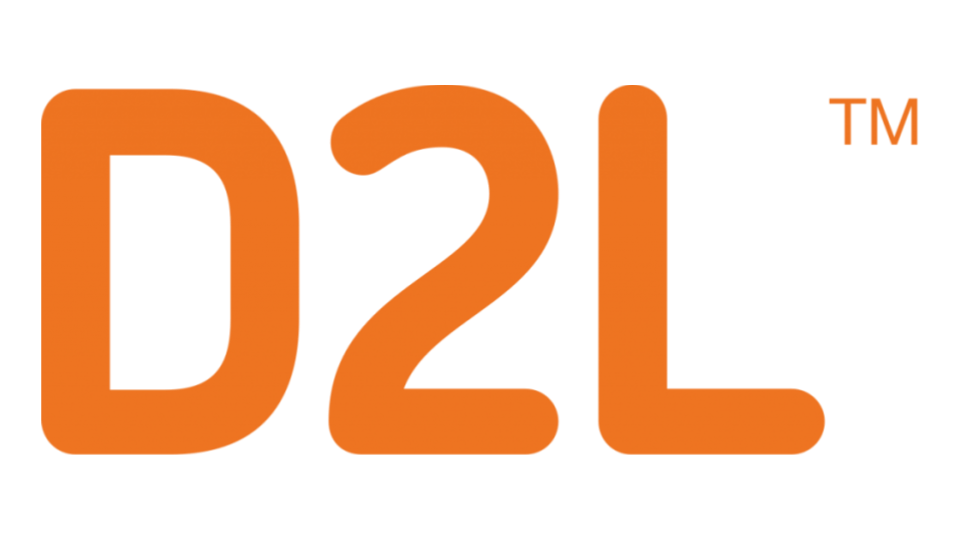This summer, we implemented some minor but helpful improvements to rubrics in D2L at Canisius. If you use rubrics in D2L to grade assignments submitted in dropboxes, or student contributions in asynchronous discussions, you know that the process has until now been a bit cumbersome. Maybe you even elected not to use D2L’s interactive rubric toolset because of this: If you attached and used a rubric within a discussion topic or dropbox, you needed to also attach and use that rubric in the gradebook, in order for students to see rubric feedback in their grade report. This meant a lot of duplicate effort.
D2L has fixed that. Now, if you attach both a rubric and a grade item to a dropbox or discussion, you needn’t attach the rubric to the grade item, too. You can use the rubric to assess a student discussion post or assignment, and D2L simply passes that rubric feedback and score onto the grade item when you publish the grade and feedback, so that it’s visible to students along with their other grades in the course.
Canisius students frequently tell COLI that they like when their professors use D2L’s gradebook feature. Obviously, with D2L’s grade report, a student can see how she’s doing in the course at any time. With text or rubric feedback on assignments also appearing in the grade report, a student can see how her efforts on an assignment relates to other assignments and her overall grade.
The new rubric system appeared August 8th. If you copied course content into your Fall courses before that, they will work as before for one more semester. If you copied your course content into your fall course space after August 8th, D2L will automatically update the associations between dropboxes and discussions, and their grade items, to operate in the new way. Either way, your existing course content will be ready to use in the Fall.
These two videos show how rubrics will work after August 8th, when attached and used with an asynchronous discussion topic:
